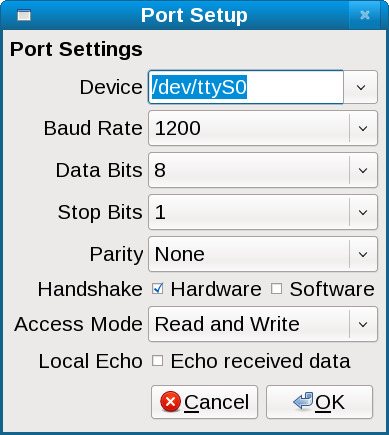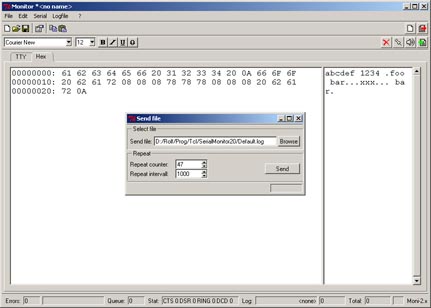Serial Port Monitor
unter Linux OS
In the world of embedded systems, electronics, and hardware development, monitoring and controlling serial communication is essential. Serial port monitoring tools are invaluable for managing data flow and ensuring communication accuracy. Linux offers various options for serial port monitoring, each with unique features designed to meet different technical needs. This article will explore different approaches to serial port monitoring on Linux to help you choose the right solution for your specific requirements.
Native Linux Commands
This link directs you to a page that demonstrates how to use various Linux utilities for serial communication. It can be very informative for Linux users unfamiliar with serial communication commands and utilities. Add these tools to your Linux cheat sheet.
Serial Monitor
This serial port monitor for Linux is a plugin that lets you display all serial port activity initiated by other applications.

Pros:
- You can see the actual data flow as well as events such as the opening and closing of ports and changes in the control and status lines
- It intercepts the calls between a serial port driver and an application enabling direct monitoring of the serial I/O
You can evaluate the plugin for free but continued use requires a license that will cost you $95.
jpnevulator
This free Linux serial sniffer provides a basic serial port monitor. This utility is a component of the Debian operating system.
Pros:
- it is capable of sending data to serial devices;
- the author has not needed to make updates to the code since 2011 but continues to support the program;
- component of the Debian OS.
Cons:
- it is a command line tool that does not present a user-friendly interface.

